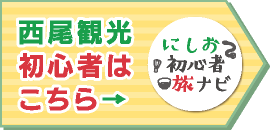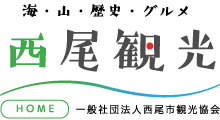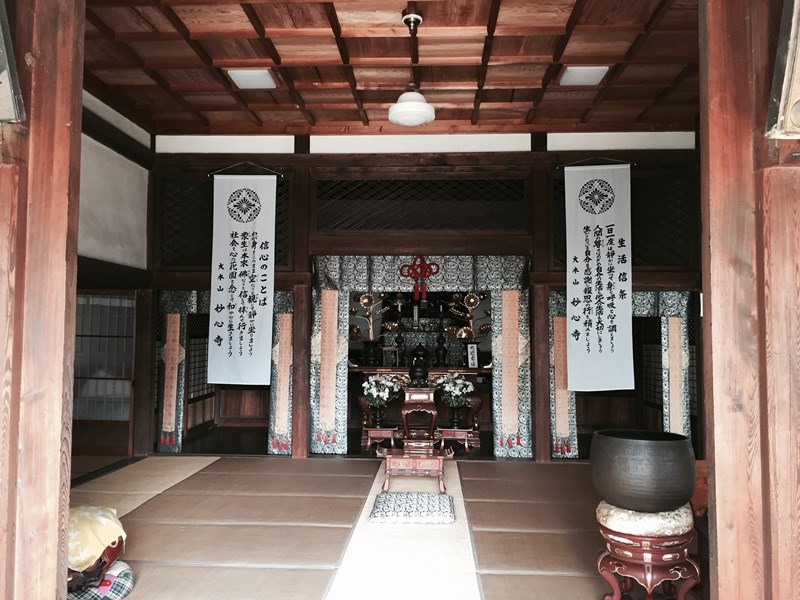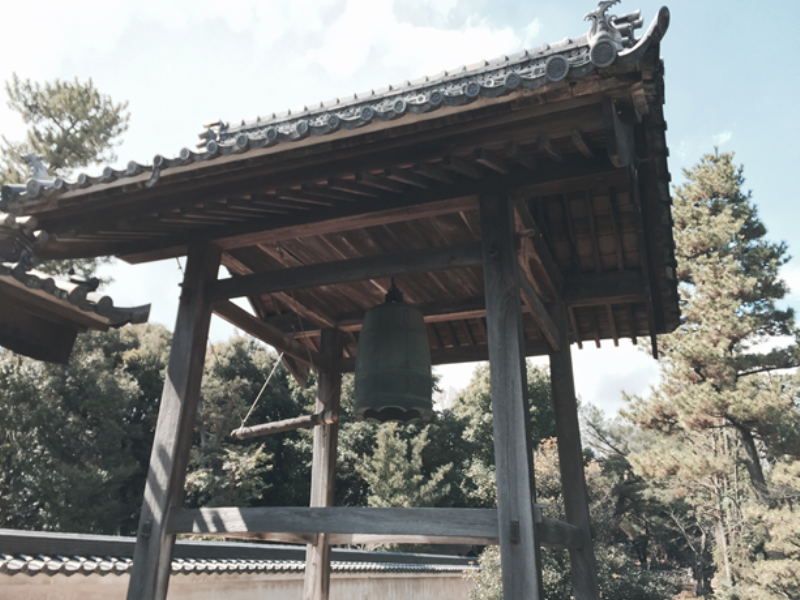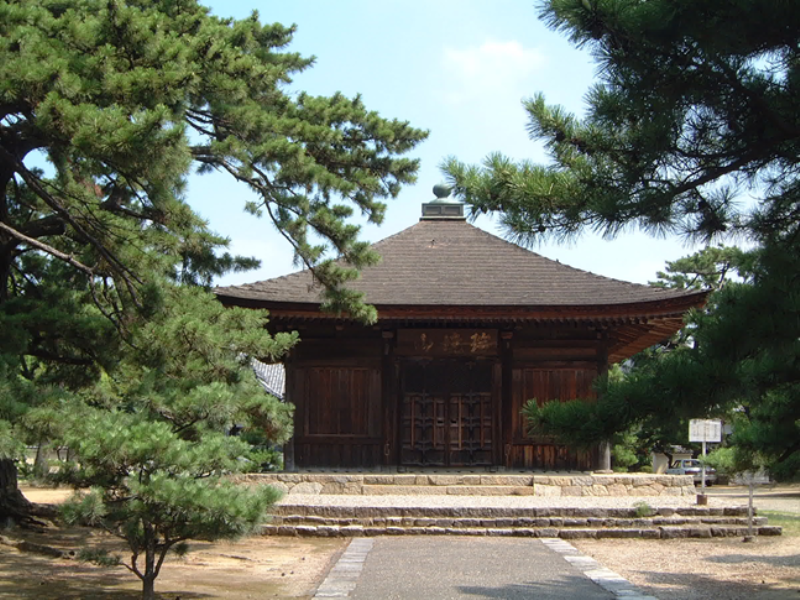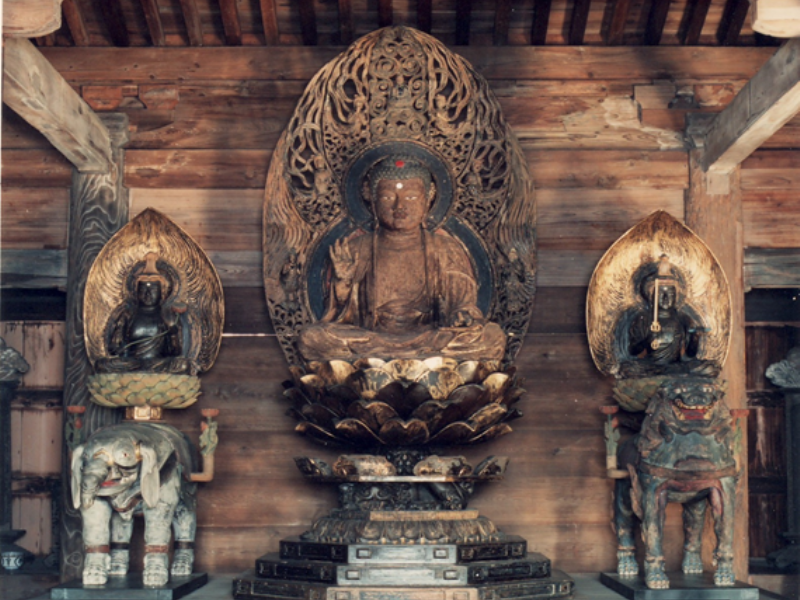Jisso-ji Temple
Zuikyozan Jisso Ankoku Zen Temple (Jisso-ji Temple)
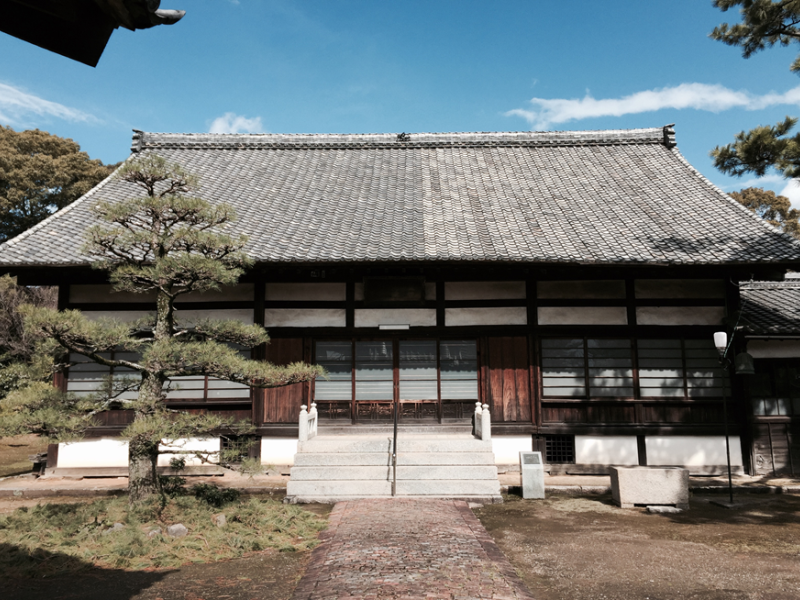
(main temple building)
Early Edo period (1603) Architecture: Wooden one-story building with tile-roof
It is said that in 1271 under the reign of the medieval Kira clan, Ashikaga (Kira) Mitsuji had Jisso-ji temple built as the Sai-jo castle lord’s and Kira clan family temple (“bodhi temple”). With the arrival of Shōichi Kokushi (his posthumous name) (Enni Benen) the founder of Tofuku-ji temple in Kyoto, a magnificent Buddhist temple was built based on a picture of Kyozan-ji temple in China and flourished as Ankoku-ji temple in Mikawa.
In 1546 Imagawa Yoshimoto’s famous military officer Taigen Sessai (Sessai Chōrō) transferred to the Myoshin-ji sect (a branch of the Rinzai school of Japanese Zen) and it is said that many temples were lost in fires due to the warring with the Oda clan.
The Shakado (prefectural cultural heritage site) is a building from the Muromachi period (approx. 1336 to 1573) surrounded by the stunning Mikawa Kuromatsu forest (city cultural heritage site.) Every year on the 2nd Sunday of April, a flower festival “Buddha-san” is bustling with many worshipers, in which the statues of Shaka Sanzon (prefectural cultural heritage site) and Shiten’no (city cultural heritage site) inside the temple are open to the public.
There are many cultural heritage sites within the temple precincts that speak to the prosperity of Jisso-ji temple during the Middle Ages, such as the Hachiyo Hotakugata Bonsho temple bell (prefectural cultural heritage site) and the Nyoirin Kannon sitting statue (city cultural heritage site.) Hojo and Kuri buildings also retain Zen Buddhist architectural styles from the Edo period (between 1603 and 1868) making them city cultural heritage sites as well.
Nishio’s Tea Origins
Nishio’s tea origins can be traced back to around the 8th year of the Bun’ei period (1271) when Shōichi Kokushi the founder of Jisso-ji temple introduced tea seeds to Nishio.
There is a theory that 1st to 4th generation priests from Jisso-ji temple went to China to practice Zen Buddhism and then introduced both tea and Zen culture to Nishio.
The oldest record of tea cultivation is in the 6th year of the Keicho period (1601) when feudal lord Itakura Katsushige reassigned the Kaifuku village territories to Nagara village in which the conditions stated that “the tea plantations must be established.”
